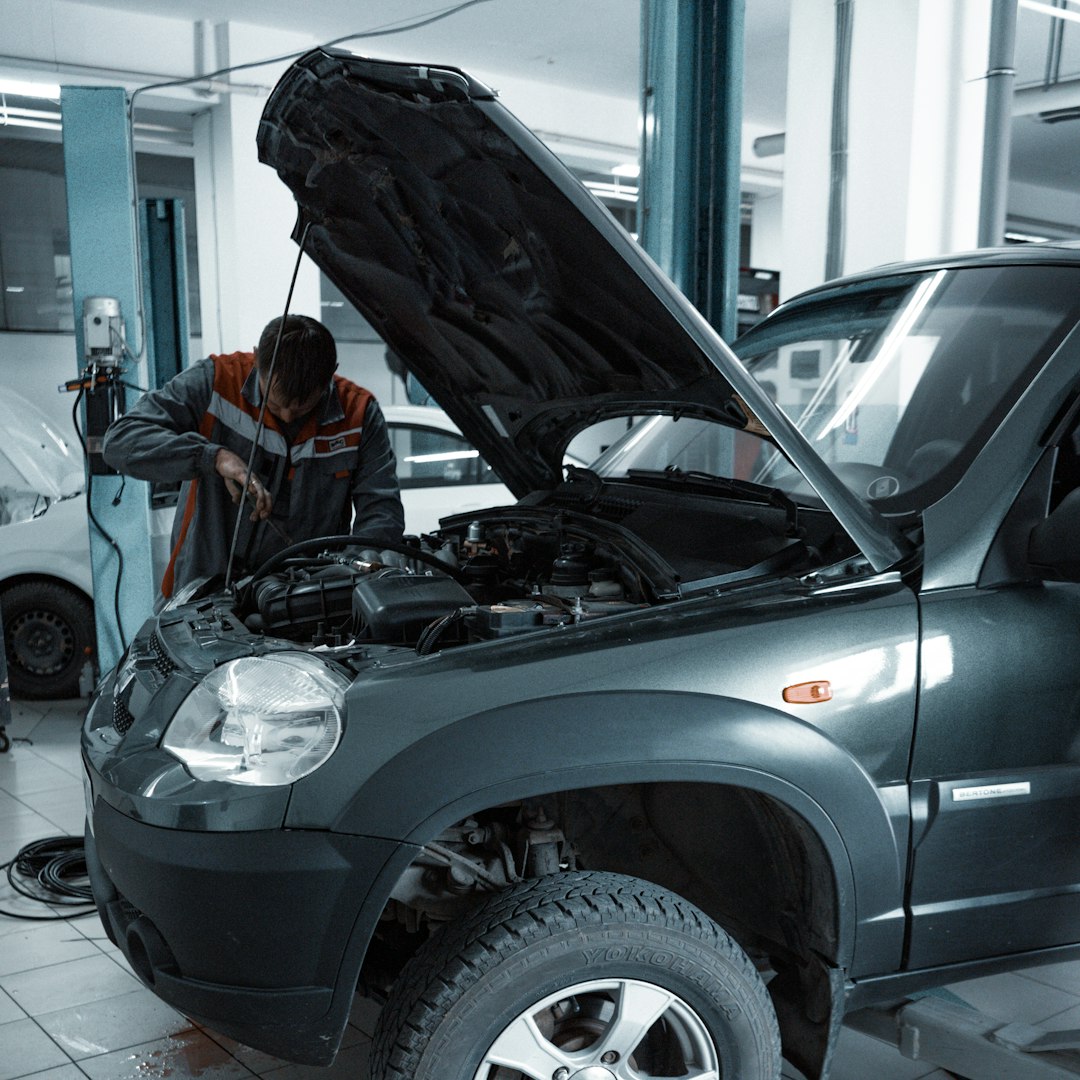In today’s hyper-competitive world of local digital marketing, search engine optimization (SEO) for the automotive sector has become a vital pillar of success. Dealerships, auto repair shops, and specialty service providers can no longer rely solely on traditional advertising or even basic SEO tactics. To truly dominate in local search rankings, businesses need a well-structured SEO playbook—one that includes building strategic content silos based on cities and services, and earning high-authority backlinks. By combining local relevance with credible link-building, automotive businesses can exponentially increase their visibility and organic traffic.
Why Automotive Businesses Need Local SEO
Google’s algorithm rewards content that is both relevant and helpful for users. In the automotive industry, that means your business needs to rank not just for “auto repair” but for “auto repair in [City]”. That’s where localized SEO strategy comes in. Whether you’re running a single-location tire shop or managing a network of multi-location car dealerships, structuring your site into clearly defined silos around services and geographic areas can make a tremendous difference.
Understanding the SEO Silo Structure
Siloing is a website structuring tactic that organizes content into categories and subcategories. This method improves both user experience and search engine indexing. There are two primary types of silos you want to build in the automotive sector: Service Silos and City Silos.
1. Service Silos
Service silos focus on specific automotive services your business offers. Each service should have its dedicated landing page along with supporting articles, FAQs, and guides.
Examples of Service Silos:
- Brake Repair
- Engine Diagnostics
- Transmission Replacement
- Oil Change
Each of these should be its own silo, featuring a main service page followed by sub-pages like “Signs You Need a Brake Job” or “How to Choose the Right Motor Oil.” The internal linking between these pages tells Google that your site is a comprehensive resource on each topic.
2. City Silos
City silos concentrate on specific geographic locations—perfect for businesses serving customers in multiple areas. Like your service silos, each city page should offer localized content, imagery, testimonials, and even service FAQs unique to that area.
Examples of City Silos:
- Auto Repair in Dallas
- Car Detailing in Austin
- Brake Repair in San Antonio
- Oil Change in Fort Worth
The key here is not to duplicate content but to make each city page truly reflective of the local experience. Use neighborhood names, local landmarks, and unique customer benefits to make these pages authentic and useful.

Combining City + Service Silos
The real power of this strategy comes when you combine city and service silos. For instance, instead of just targeting “brake repair” or “Dallas auto shop,” create a page specifically optimized for “Brake Repair in Dallas.” Repeat that process for every major city and every high-margin service you provide.
This strategy accomplishes several things at once:
- Gives you granular control over keyword optimization
- Improves the relevancy for location-based searches
- Builds out content depth for both city and service-based search terms
From Google’s perspective, your site becomes a rich ecosystem of hyper-relevant automotive information tailored uniquely for each demographic and location.
Technical SEO Tips to Support Your Silo Strategy
If content is king, technical SEO is the castle moat protecting it. Make sure your site adheres to the latest SEO best practices to support your silo structure:
- Use Clean URL Structures: URLs should reflect the hierarchy (e.g., /dallas/brake-repair/).
- Implement Schema Markup: Use LocalBusiness and Service markup to help Google understand your site content.
- Mobile Optimization: Especially important in auto service industries where searches often happen on mobile.
- Meta Titles and Descriptions: Use city and service modifiers in your metadata to target long-tail keywords.
How to Earn High-Authority Links for Automotive SEO
When it comes to SEO, links remain one of the most critical ranking factors. In the automotive niche, high-authority backlinks not only improve rankings but also drive referral traffic and build credibility with search engines.
1. Partner with Local Businesses and News Outlets
Form strategic partnerships in your community. Sponsor local events, collaborate with schools, or volunteer with charities. In exchange, ask for a backlink on their site or event listing. Local newspapers and blogs are especially valuable when it comes to linking to city-specific pages.
2. Guest Blogging and Industry Publications
Contribute expert articles to automotive magazines, local business blogs, or even car-enthusiast forums. Just ensure the content is unique, valuable, and contextually relevant to your services. Add a link back to your service or city-located silo page where it makes sense.
3. Create Link-Worthy Resources
Another effective strategy is to create content that naturally attracts backlinks. Examples include:
- “Ultimate Guide to Preventative Car Maintenance”
- “Top 10 Driving Tips for Dallas in the Summer”
- “Brake Safety Checklist Every Car Owner Should Know”
When this type of content is fully aligned with a particular city or service, other local businesses and bloggers are more inclined to link to your resource.

4. Leverage Directories and Citations
Don’t underestimate the power of local directory listings such as Yelp, Bing Places, and Apple Maps. Make sure that your Name, Address, and Phone Number (NAP) are consistent across all listings. These structured citations help build authority and provide valuable signals to search engines.
Tracking Performance and Making Adjustments
The only way to truly optimize your automotive SEO is to measure what matters. After implementing your silos and link-building strategies, keep an eye on these key performance indicators (KPIs):
- Organic Traffic Growth: Are city + service pages gaining visitors?
- Keyword Rankings: Monitor long-tail phrases like “brake repair in Fort Lauderdale.”
- Goal Completions: Track phone calls, form fills, or online booking conversions.
- Backlink Profile: Use tools like Ahrefs or Moz to track the quantity and quality of inbound links.
Conclusion
Building a city + service silo strategy for your automotive business is not just a trend—it’s a proven, scalable way to achieve high visibility in local search results. Combine this with a focused high-authority link-building effort, and you establish your brand as the local leader in the automotive space.
Ultimately, SEO is a long-term investment. By taking the time to develop structured, relevant content and earn authoritative backlinks, your business gains lasting benefits—stronger online presence, increased traffic, and more qualified leads walking through your garage doors.
Start siloing. Start linking. And start climbing the ranks.